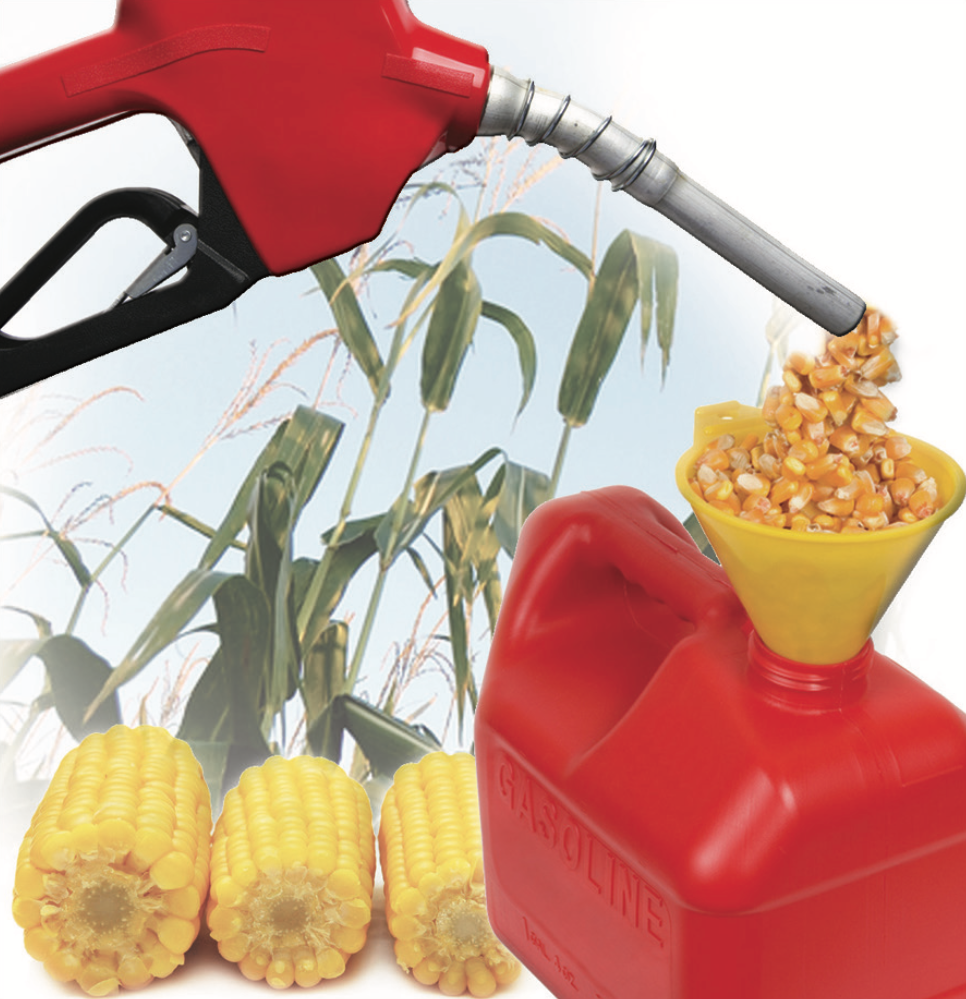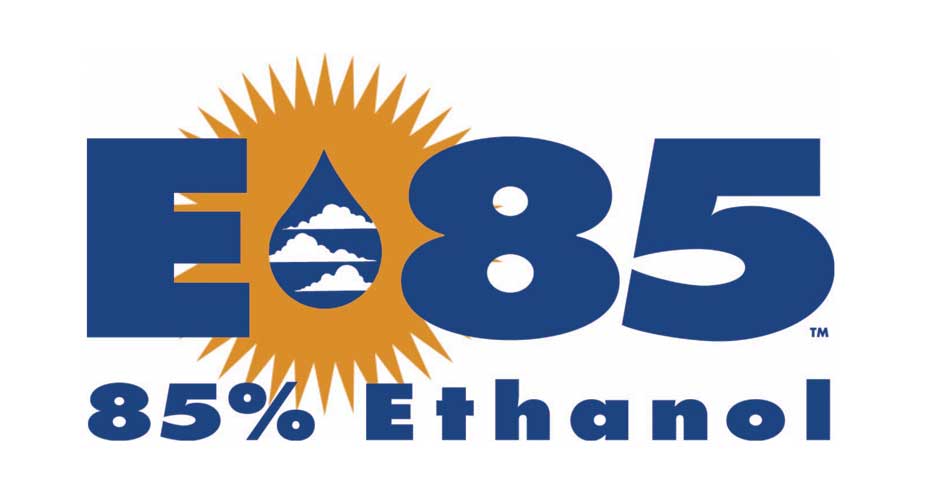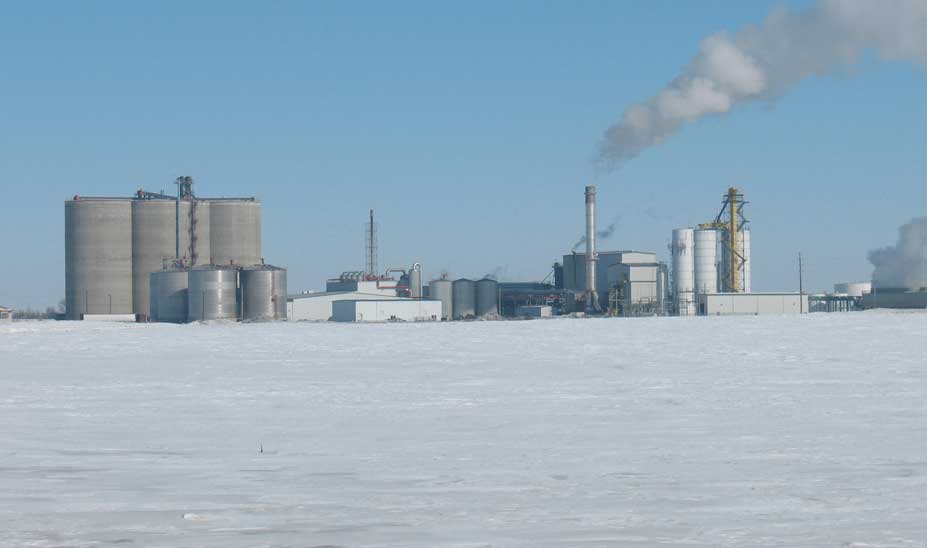
Figure 143. Biofuels are liquid fuels made from plant (crop) materials. Most biofuels produced in North Dakota are made from corn. (Pacific Northwest National Laboratory)

Figure 144. E-85 fuel contains 85 percent ethanol. (Minnesota Corn Growers)

Figure 145. The Red Trail Energy plant near Richardton, North Dakota, produces more than 50 million gallons of ethanol each year. (Cassie Theurer)
Gasoline and diesel fuel are the most common fuels used in agricultural operations. These fuels are made from petroleum (sometimes called “oil”). Petroleum is a liquid fossil fuel that was formed millions of years ago and is found in certain underground areas.
Several counties in western North Dakota contain huge underground reserves of petroleum. In fact, North Dakota is the second-largest petroleum-producing state in the United States. The amount of petroleum found in North Dakota and other states, however, is not enough for the country’s needs. About one-third of the petroleum used in the United States is imported from other countries.
In order to cut down the nation’s dependence on other counties for its fuel needs, alternative types of fuel are being developed. BiofuelsLiquid fuels made from plant materials are liquid fuels made from plant materials. The term comes from the Greek word, “bio,” which means “living things” and “fuel,” which is a substance that provides energy.
In North Dakota, the most common plant used in the production of biofuels is corn. Ethanol fuel is the major biofuel produced in the state.
Ethanol fuelGrain alcohol that is blended with gasoline is grain alcohol that is blended with gasoline. Ethanol fuel is sometimes called “gasohol.” When one part of ethanol is mixed with nine parts of gasoline, the resulting fuel is called “E10” because the fuel is 10 percent ethanol. Fuel that contains 85 percent ethanol is called “E85” and can only be used in vehicles designed to use this type of fuel.
Several ethanol plants are located in North Dakota. These factories put corn through a process that converts some of the plant material into liquid alcohol. These ethanol plants in the state produce millions of gallons of ethanol fuel each year.
Some people debate whether or not the production and use of ethanol is good. Those who favor ethanol production point out these advantages: (1) ethanol production supports farmers and creates jobs; (2) ethanol is a renewable resource; (3) ethanol fuel burns clean and does not release harmful gas into the air; (4) the use of ethanol cuts down on the amount of petroleum imported from other countries; and (5) alcohol-based fuel allows engines to start easier in cold weather.
Opponents of ethanol list these disadvantages: (1) ethanol contains less energy than gasoline so more needs to be used; (2) farmland used for raising corn for ethanol is not being used to raise food; (3) a great deal of fuel is needed in order to produce ethanol; and (4) some engine parts may wear out quicker when using an alcohol-based fuel.
Another biofuel produced in North Dakota is biodiesel. Biodiesel• An alternative fuel produced from crop oils
• Used in diesel-powered vehicles and machinery is an alternative fuel produced from crop oils. It is used in diesel-powered vehicles and machinery. The main oil crops used in making biodiesel are soybeans and canola. Each year, millions of gallons of biodiesel are produced in North Dakota. The largest biodiesel plant in the state is the Archer Daniels Midland Plant near Velva.


